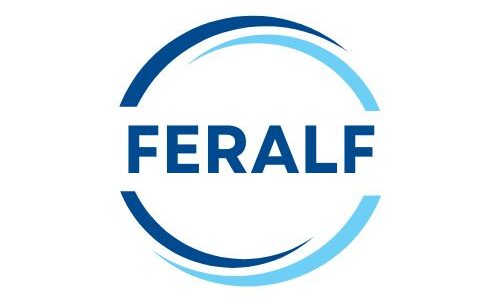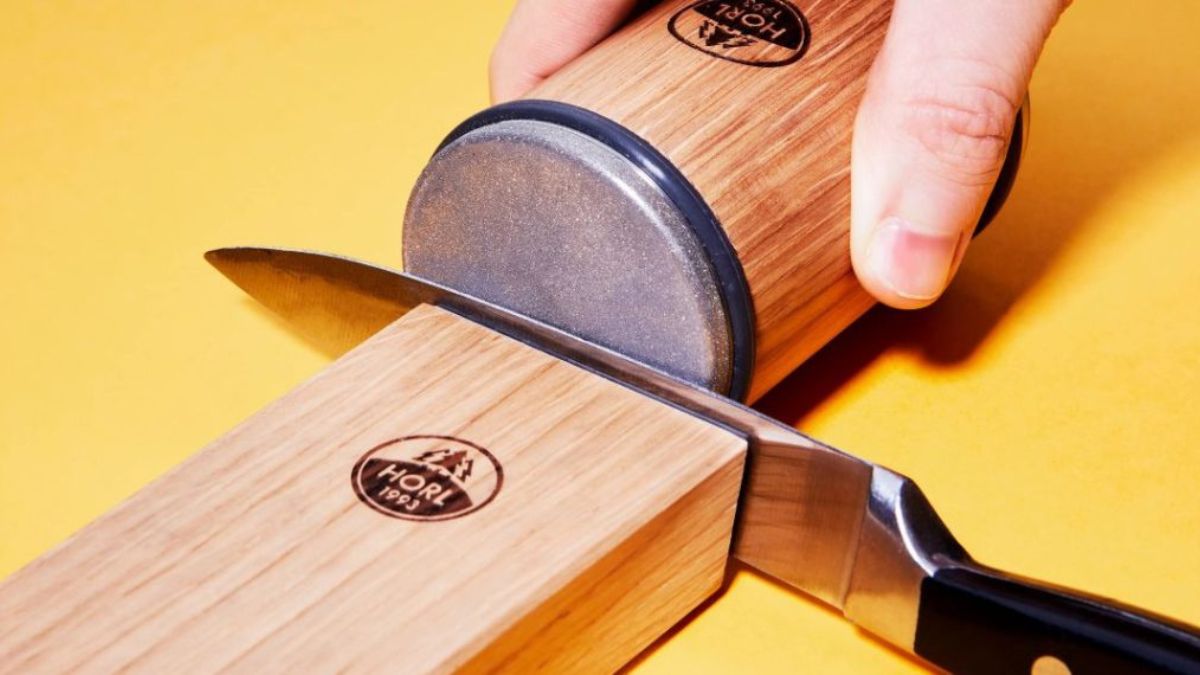The difference between a dull blade and a sharp one can make or break a manufacturing operation. While this might seem like an obvious statement, the impact of cutting-edge tool technology extends far beyond simple efficiency gains. Sharp tools are fundamentally transforming how manufacturers approach production, quality control, and operational costs.
From automotive assembly lines to aerospace component fabrication, precision cutting tools have become the silent heroes of modern manufacturing. They’re reducing waste, improving product quality, and enabling manufacturers to work with materials that were previously considered too challenging to machine effectively.
This revolution isn’t just about having the sharpest edge—it’s about how advanced tool technology integrates with modern manufacturing systems to create unprecedented levels of precision and productivity.
The Science Behind Sharp Tool Performance
Sharp tools perform better than their dull counterparts for reasons that go deeper than surface-level cutting ability. The geometry of a sharp cutting edge creates less friction during operation, which translates to reduced heat generation and lower energy consumption.
When a tool maintains its sharpness, it requires less force to achieve the same cutting result. This reduced force requirement means less stress on machinery, extended equipment life, and improved dimensional accuracy in finished products. The physics are straightforward: sharp tools slice through materials cleanly, while dull tools tear and deform.
Modern tool materials have evolved significantly beyond traditional steel. Carbide, ceramic, and diamond-coated tools offer superior edge retention and can maintain sharpness through thousands of cutting cycles. These advanced materials enable manufacturers to maintain consistent quality throughout longer production runs.
Precision Manufacturing Applications
Automotive Industry Transformation
The automotive sector has embraced sharp tool technology to meet increasingly demanding quality standards. Engine components require tolerances measured in micrometers, and only the sharpest cutting tools can consistently achieve these specifications.
Modern automotive manufacturing lines use tools that can maintain their cutting edge through hundreds of thousands of operations. This consistency ensures that the first part produced in a batch meets the same quality standards as the last part, reducing waste and improving overall production efficiency.
Aerospace Component Manufacturing
Aerospace applications demand the highest levels of precision and material integrity. Sharp tools enable manufacturers to work with exotic alloys and composite materials that power modern aircraft. These materials are notoriously difficult to machine, but advanced cutting tools make it possible to achieve the required surface finishes and dimensional accuracy.
The ability to machine complex geometries in a single setup reduces the need for multiple operations, minimizing the potential for cumulative errors and improving final part quality.
Economic Impact on Manufacturing Operations
Sharp tools deliver measurable economic benefits that extend throughout manufacturing operations. Reduced cycle times mean higher throughput without additional capital investment in machinery. When tools stay sharp longer, manufacturers spend less time on tool changes and setup operations.
The waste reduction achieved with sharp tools translates directly to material cost savings. Clean cuts produce less scrap, and improved dimensional accuracy means fewer rejected parts. These savings compound over time, making the investment in premium cutting tools financially attractive.
Energy consumption also decreases when using sharp tools. Less cutting force means motors draw less power, contributing to reduced operational costs and supporting sustainability initiatives.
Quality Control and Consistency
Sharp tools enable unprecedented consistency in manufacturing processes. When cutting edges remain sharp and stable, part-to-part variation decreases significantly. This consistency reduces the need for extensive quality control measures and minimizes the risk of producing out-of-specification components.
Surface finish quality improves dramatically with sharp tools. Smoother surfaces often eliminate secondary finishing operations, reducing production time and costs. The improved surface integrity also enhances the performance characteristics of finished components.
Integration with Smart Manufacturing
Modern sharp tools increasingly incorporate sensor technology that monitors cutting performance in real time. These smart tools can predict when replacement or maintenance is needed, preventing unexpected failures that could disrupt production schedules.
Data collected from these sensors helps manufacturers optimize cutting parameters for specific applications. Machine learning algorithms analyze this data to recommend optimal speeds, feeds, and cutting strategies that maximize tool life while maintaining quality standards.
Material Innovation Enables New Possibilities
Advanced coating technologies have revolutionized tool performance. Multi-layer coatings can provide wear resistance, lubricity, and heat resistance simultaneously. These coatings allow tools to maintain sharpness in applications that would quickly dull conventional tools.
Nanostructured tool materials offer properties that seemed impossible just decades ago. Some modern cutting tools maintain their sharpness at temperatures that would destroy traditional materials, opening up new possibilities for high-speed manufacturing processes.
Overcoming Traditional Manufacturing Limitations
Sharp tool technology has eliminated many constraints that previously limited manufacturing capabilities. Materials once considered “unmachininable” can now be processed effectively with the right cutting tools and parameters.
Complex part geometries that required multiple setups and operations can often be completed in single operations with advanced cutting tools. This consolidation reduces manufacturing time, improves accuracy, and simplifies production planning.
Environmental Benefits
The efficiency gains from sharp tools contribute to more sustainable manufacturing practices. Reduced energy consumption, less material waste, and longer tool life all contribute to a smaller environmental footprint.
Extended tool life means fewer tools need to be manufactured and disposed of, reducing the environmental impact associated with tool production and waste management.
Transforming Manufacturing Excellence
Sharp tools have evolved from simple cutting implements to sophisticated manufacturing enablers that drive quality, efficiency, and innovation. The integration of advanced materials, smart technology, and precision engineering has created cutting tools that consistently deliver performance levels that transform manufacturing operations.
Manufacturers who embrace this tool revolution position themselves for competitive advantage through improved quality, reduced costs, and enhanced capability. The investment in sharp tool technology pays dividends through every aspect of the manufacturing process, from raw material conversion to final product delivery.
As manufacturing continues to evolve toward greater precision and efficiency, sharp tools will remain at the forefront of this transformation, enabling possibilities that continue to push the boundaries of what’s achievable in modern production.











